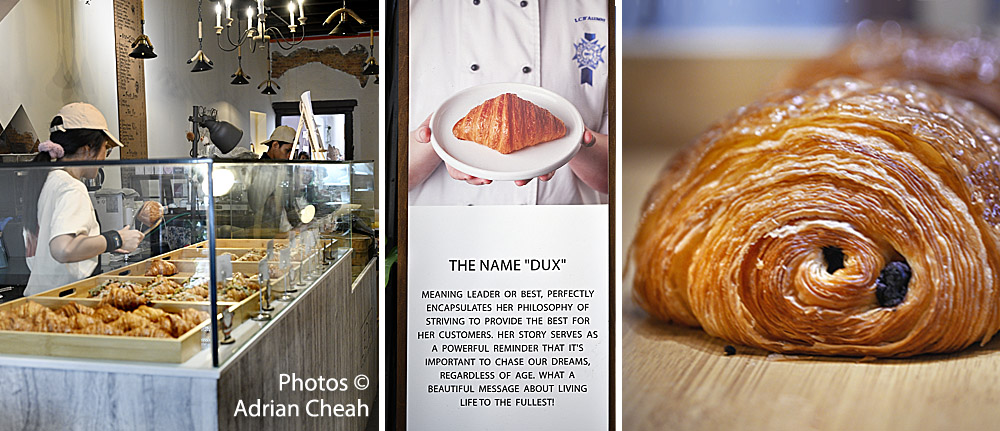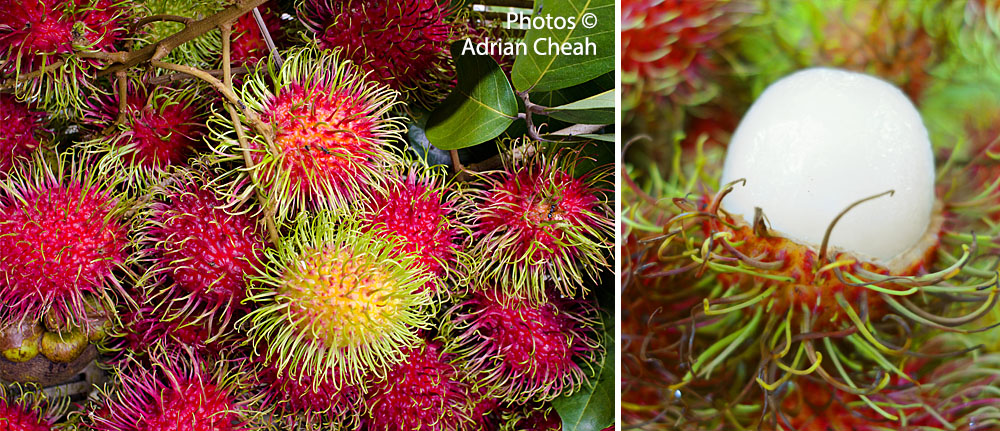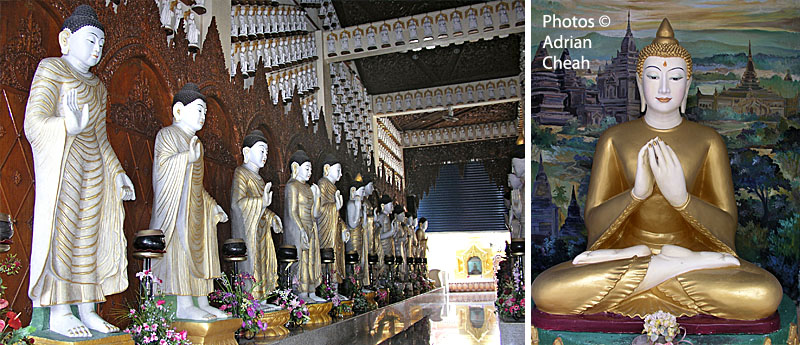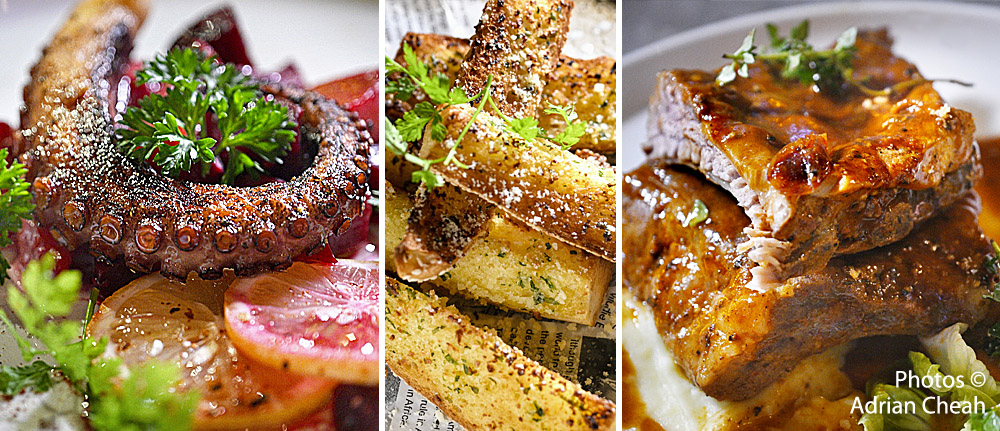Mahindarama Buddhist Temple, a sanctuary in Penang where Buddhist devotion nurtures compassion

In the quiet hush of a cold morning at the Dachau Concentration Camp Memorial, I stood amidst the lingering mist, each breath a visible puff in the air. I saw hills of shoes, silent witnesses to lives extinguished. Then came the photographs, frozen in time, capturing emaciated bodies, hollow eyes, and unspeakable suffering. I stepped into the remnants of the gas chambers, where silence screamed louder than words. The chill was no longer just physical; it was emotional, moral, spiritual. It was a searing reminder of the horrors man can inflict on his fellow human beings. The hatred. The cruelty. The machinery of death carried out with cold precision.
Continue Reading
Le Dux Patisserie – where passion rises with the dough

At the quiet break of dawn, while the city still slumbers, a warm glow begins to stir behind the glass walls of Le Dux Patisserie in upper Beach Street. By 5:00 am, Chef Belle Tan Phey Phey, a maître pâtissière, is already gently coaxing butter into layers of delicate croissant dough – a ritual she repeats each day (except on off days). It is here, in the heart of George Town, that craft meets care in the art of French pastry.
Continue Reading
Types of durians I am crazy about

People have their own preferences when it comes to durians and mine lean strongly towards fruits from older trees. These tend to yield durians with a smoother, creamier texture and a deeper, more pronounced aroma and flavour. Interestingly, even durians from the same tree can taste different from one season to the next, influenced by soil composition and changing weather conditions. For instance, the much-coveted Or Chi (Black Thorn) does not always deliver the same profile each year.
Continue Reading
The durian burger, a journey of discovery

I am game for all things durian. Durian egg tarts are delicious. Homemade durian ice cream is such a sinful treat, especially eaten with crispy kuih kapit (love letters). Passion Heart Cafe bakes one-of-a-kind Fresh Cream Durian Cake; it is a sponge cake layered with fresh cream and creamy durian paste, topped with durian kaya (coconut jam). This is one of my favourite cakes at the cafe.
Continue Reading
The exotic hairy fruit called the rambutan

In the vast range of local fruits available in Penang, the rambutan is a popular choice among Penangites. Rambutans are tied up in bunches of 50 or 100 each and sold at roadside stalls, at marketplaces and by some fruit vendors when in season. Prices vary according to size and quality. Rambutans sold in Penang are always fresh as they come straight from the local orchards.
Continue Reading
Sanctum sanctorums of the Thai and Burmese communities

In 1845, a large endowment of land in the Pulau Tikus area was made to the Theravada Buddhists, principally Thai and Burmese, whose importance is recorded in local street names to this day. Today, the extensive lands surrounding the Thai Wat Chaiyamangalaram are home to a small and thriving kampong of about thirty families (approximately 120 persons) of Thai Chinese and Hindu Indians. (The Changing Perceptions of Waqf, as Social, Cultural and Symbolic Capital in Penang, Judith Nagata)
Continue Reading



















